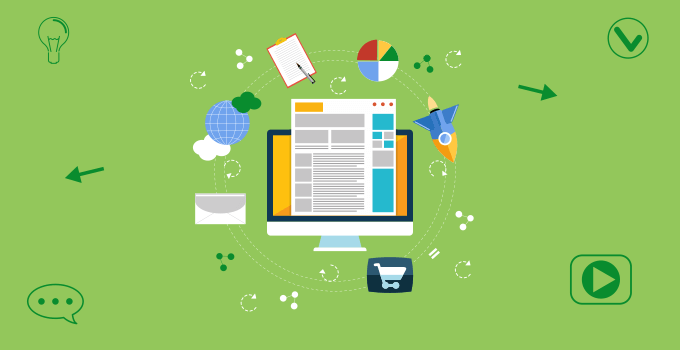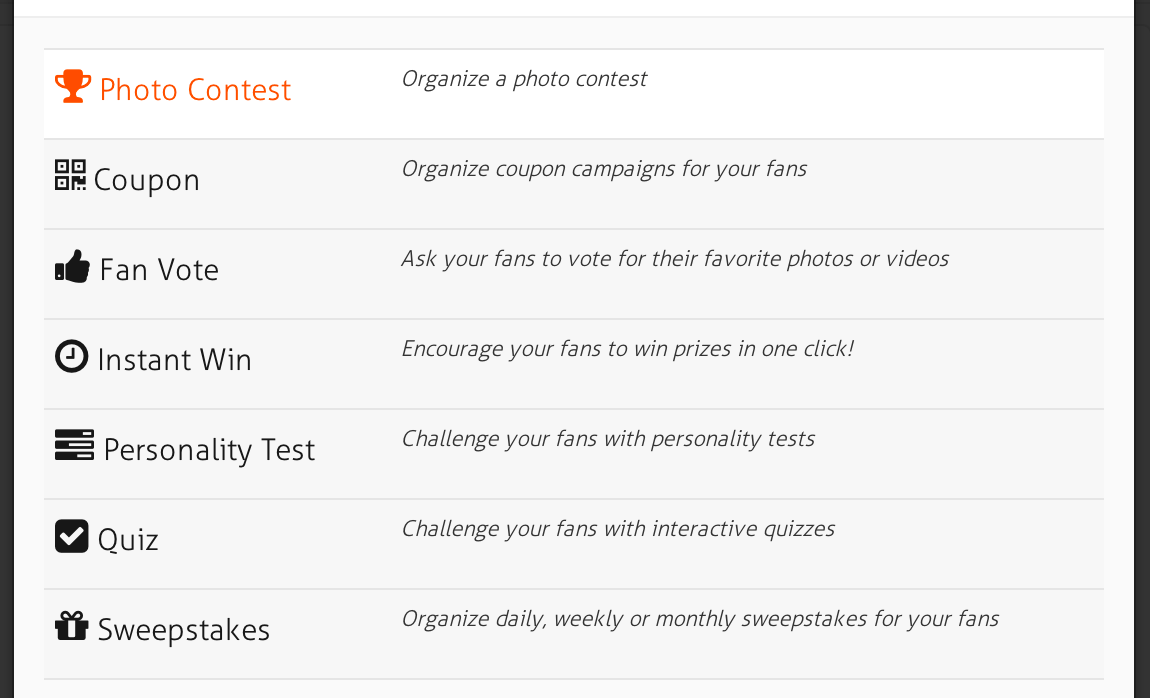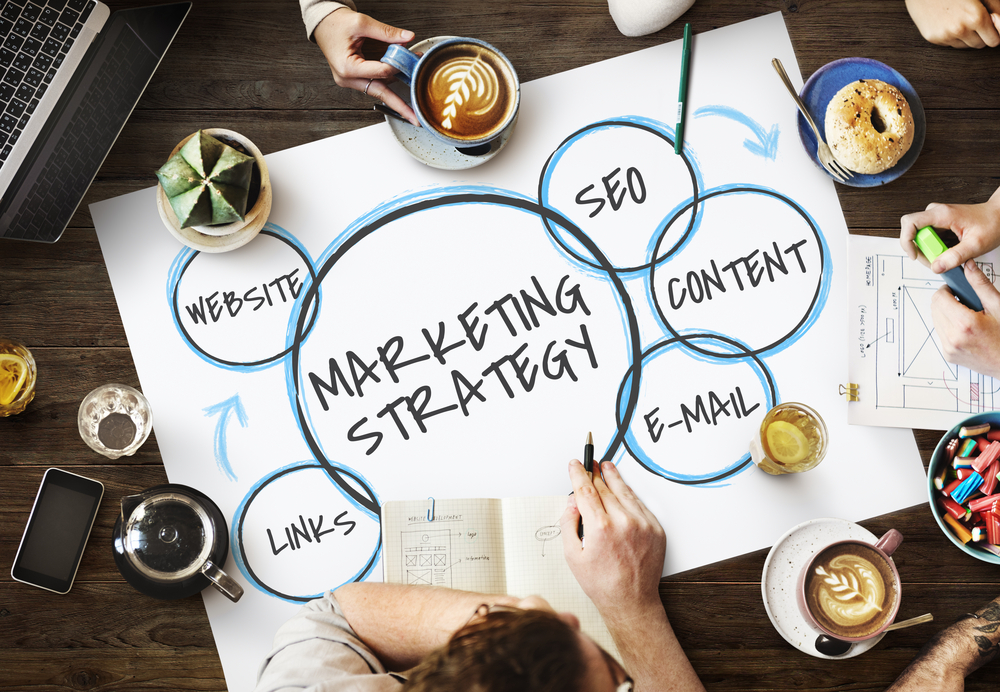
Editing ads
Google Ads Editor makes it easy to make large edits on ads. You can edit one ad or a large number of ads. Select the ad campaign that you wish to edit. There you will be able to select which fields you want to edit, search keyword phrases, and make adjustments. After you have made your changes, click on the "Post" button at the top-right corner of the screen. This will push them live.
Once you've made your changes, you can see your ads in data view. You can also edit multiple ads at the same time if necessary. The editing process is straightforward, and the articles below provide comprehensive instructions on how to do it.
Adding negative keywords
Negative keywords are a great way to boost your ad campaign. Google Ads Editor allows you to do this. AdWords advertisers have access to these tools for no cost. They must be used in your campaigns before you are charged. Here are some steps to include negative keywords in your campaign.

First, select the ad group or campaign where you want your negative keywords to be placed. You can add as many negative keywords as you wish, but you must remember that they work differently in Display and Video campaigns. You can generally add up to 5,000 keywords to a campaign. It is possible to exclude certain terms that are found on pages where your ads appear.
Viewing stats
One of Google Ads Editor's best features is the ability of viewing a wide range of stats regarding your campaigns. You can filter your ads by keyword, ad group, or other criteria. You can make edits to your ads, and export the stats. You can even monitor your ads and make offline modifications.
You can select which campaigns are performing well or not by opening the stats tab. To view more detailed statistics, you can click on the account or campaign name. You also have options for sharing your data and exporting it.
Work offline
AdWords editors offer many benefits and can save you time. They make it easier to make bulk changes, and they have the ability to export and import files. You can also view your campaign statistics, search through them and make changes in the drafts before uploading them. You can view all of the changes made and reverse any mistakes.

Another benefit of ads editors is their ability to work offline. This means that you can make changes to your ads even when you aren’t online. This is particularly helpful when making bulk changes. First, you need to download the Google Ads type that you'd like to edit, and then you'll be able to make any changes you need to without having to connect to the internet. You can also use the offline mode to upload any changes to your Google Ads account.
Exporting data
Export data from the ads editor is available when you want to make adjustments in your ad campaigns. This allows you modify headlines and keywords as well as bids and other ad elements. You can also export performance summaries and statistics. The process is simple, and it doesn't require a Google account. You can either export your data via the accounts menu, as well as individual items.
CSV files can be used to export data in the ads editor. The help section for the Google ads editor provides more details. The instructions will show you how to list each column and the data associated with them.
FAQ
What information do you need about internet advertising
Internet advertising is an important part of any business strategy today. It helps companies reach potential customers at a low cost. There are many kinds of internet advertising. Some advertising is free and others are paid.
There are many other ways to advertise online. Each method offers its own advantages and disadvantages.
Is there a way to get no cost traffic?
Refers to traffic that is free from search engine results. This type of traffic is known as organic traffic or natural traffic. There are many options to get free traffic like article marketing and social media marketing.
Article Marketing is a popular way to get traffic for free. It has an extremely low cost-per-click (CPC). Paying ads can be more costly than CPC. Article marketing is also called content marketing.
Social Media Marketing - These social media sites, such as Facebook, Twitter or LinkedIn, allow you to advertise your business. These platforms are great for sharing updates, sharing photos, and building relationships with potential clients. Many businesses decide to purchase advertising space on social media sites to reach a wider audience and at a much lower cost.
Blogging - Blogging is another great way to generate free traffic. High quality content will draw people to your blog. You can start to monetize your blog with the sale of products or services after you have attracted readers.
Email Marketing - Although email marketing has been around since before the advent of the Internet it is still one of the most effective ways to drive traffic and sales to your site. You can grow your list and eventually sell to subscribers by sending them emails frequently.
What should you know about TV advertising?
Television advertising is an extremely effective medium for reaching many people at once. It was also very costly. It is powerful, however, if it is used well.
Although there are many types of TV ads available, they all share certain characteristics. Planning any TV ad should start with ensuring it fits in its category. Don't confuse a lifestyle ad with a product advertisement if you are running a commercial. Your message should be consistent throughout the entire campaign.
Remember that prime-time is the best time for your ads to be aired. This is because the majority of viewers will watch TV while they relax in front a set. You want them to be able focus on your words and not get distracted by the TV.
Finally, just because you've a lot of money doesn't mean you'll get great results. However, this may not be true. A University of California study found that commercials broadcast during popular shows had a lower chance of selling products than those broadcast during less-popular shows. So, if you spend a lot of money on TV advertising, ensure you do it right.
What is advertising's basic purpose?
Advertising is more about connecting with customers than just selling products.
Advertising is about communicating ideas and values to people who are already interested in what you have to offer. Advertising is about changing people's minds and attitudes. It's about building connections.
It's about helping people feel good about themselves.
However, if your customers don't want what you have to offer, you won't be able to sell anything.
It is essential to first understand the needs and purchasing habits of your customer before you embark on any advertising project.
This allows you to design ads that resonate well with them.
What are the basics of print advertising?
Print advertising is an effective medium for communicating with consumers. Print advertising is used by many companies to promote their products and services. The main goal is to catch the attention and buy from the consumer.
Print ads are usually one page in length and can include text, images and logos. These ads may include sound, animation and video as well as hyperlinks.
The following are the main types print advertisements:
1. Brochures – These are large format printed pieces that are intended to draw people into stores. They often have colorful pictures and eye-catching designs.
2. Catalogues are smaller versions than brochures. These are typically sent to customers who ask for specific information.
3. Flyers - These are small pieces of paper distributed at events such as concerts and fairs. Flyers can be handed out at retail outlets for a small fee, but are generally free.
4. Posters – These are larger versions than flyers. They are often displayed on walls, fences, or buildings. They are typically created using computer software programs that aim to attract the attention of passersby.
5. Direct mail – These are direct mail letters and postcards sent to potential customers. These are sent out by companies to remind customers about their business.
6. Newspaper Ads – These are ads that appear in newspapers or magazines. They are usually quite long and contain both text and images.
How do I choose my target audience?
Start with yourself, and the people closest to you. If you don't know where to begin, ask yourself, "who am I trying to reach?"
Ask yourself these questions. Who are the most influential people within my industry? What problems do they deal with daily? Which people are the most intelligent in my industry? Where can they be found online?
Take a look back at how you started your company. What was your motivation for starting? What was your problem and how did it solve?
These answers will allow you to determine who your ideal customers are. They will also reveal their personality and reasons for buying from them.
For clues on who your competitors cater to, check out their websites and social media pages.
Once you've identified your target customers, you'll need to decide which channel(s) to use to reach them. You might, for example, create a website to target home buyers if you offer services to real-estate agents.
If you provide software to small businesses, you could develop a blog targeting those companies' owners.
You could also create a Facebook account for teens if you sell clothing. For parents who are looking for child-friendly restaurants, you might set up your own Twitter account.
You have many options to convey your message.
What is radio advertising?
You should understand how the different types of media affect each other. Remember that all media types are complementary, not competing.
Radio is best utilized as an extension to TV advertising. Radio can complement TV advertising by reinforcing key messages, and providing additional information.
Radio listeners may find TV commercials too long. Radio ads are usually shorter and less expensive.
Statistics
- Google will display whichever ad type (CPM or CPC) is expected to earn more revenue for the publisher, which is in Google's best interest since they take a 32% share of the revenue. (quicksprout.com)
- This means that at least 50% of an ad needs to be shown on the screen for at least one second. (quicksprout.com)
- Nonetheless, advertising spending as a share of GDP was slightly lower – about 2.4 percent. (en.wikipedia.org)
- Worldwide spending on advertising in 2015 amounted to an estimated US$529.43 billion. (en.wikipedia.org)
External Links
How To
How to make Sponsored Ads on Facebook
Facebook is one of most-used social networking sites. There are approximately 1.79 billion monthly active users in the world. The number of users continues to rise each day.
Facebook is free. But, if you wish to reach your audience directly, you need to pay. You can use paid advertising options such as banners, promoted posts, etc.
Log in to your existing application if you have one. Or click "Create New App." Follow these steps:
-
Click "Add Platform" under the Apps section.
-
Click Next, and select Advertising.
-
Please fill out this form and send it back.
-
After approval, you'll receive a Client ID (and Secret key). Copy them.
-
Add the keys to the appropriate fields.
-
Select the currency and enter the name of the campaign.
-
Click on "Start Campaign"
-
Follow these steps until you see the first banner. The URL will be copied and you can return to Facebook.
-
Paste the code into the box provided by Facebook.
-
Hit "Save Changes"
-
Your ad must now be live
-
Repeat steps 10-12 to create each additional banner.
-
Once the task is complete, click "Continue".
-
Finish the last step to create your ad-group.
-
To view all your campaigns, click on the "View All Ads” button once you have completed.
-
Click "Remove ads" next to each ad to remove it.
-
If you are not seeing results after running your campaign check that you have followed the directions.
-
Check the date range you have chosen for your campaign.
-
It is important to budget properly.
-
Keep your changes safe.
-
Before clicking "Submit", review the settings of your campaign.
-
Your ads will appear on your timeline when you wait.
-
Well done!
-
Let's take a look at some ways to improve your results.